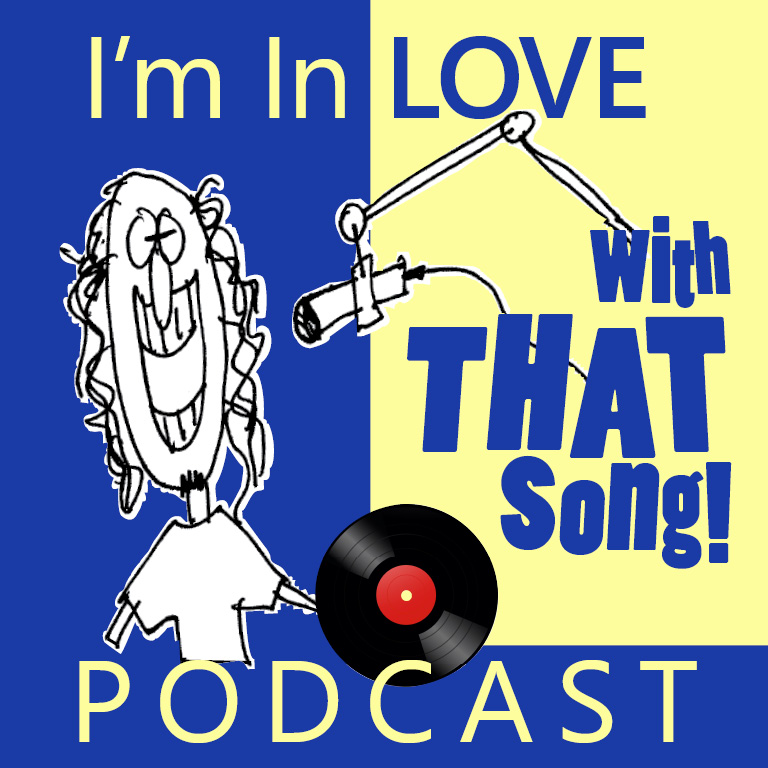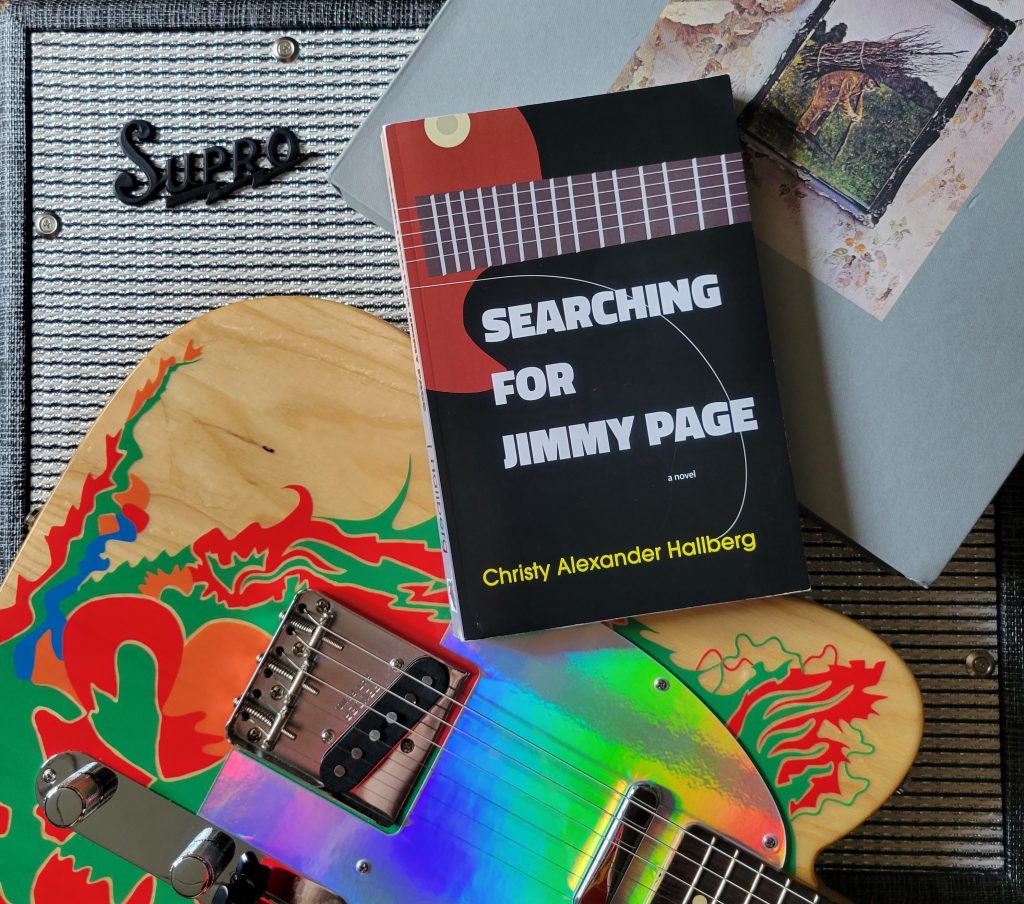Queen were at the top of their game and weren’t resting on their laurels when they released “Somebody To Love” as a single in 1976. Building on the layered vocals they pioneered on “Bohemian Rhapsody” the year before, “Somebody To Love” was inspired by Freddie’s love for Aretha Franklin. On this episode, we examine the various elements of this outstanding track.
“Somebody To Love” (Freddie Mercury) Copyright 1976 Queen Music Ltd. Copyright Renewed All Rights Administered by Sony/ATV Music Publishing LLC
If you enjoyed this episode, check out our previous show on “Keep Yourself Alive“:
Queen – “Keep Yourself Alive” – The “I’m In Love With That Song” Podcast – Music Commentary, Song Analysis & Rock History (lovethatsongpodcast.com)
— Don’t forget to follow this show, so you never miss an episode!
TRANSCRIPT:
Tie your mother down, because it’s time for another edition of the “I’m In Love With That Song” podcast. I’m your host, Brad Page, and each episode here on the Pantheon Podcast Network, I pick one of my favorite songs and we dive into it together, listening to all the elements that make it a great song. Don’t worry if you’re not a musician, because we don’t get into music theory or technical jargon, but the performances, the arrangement and the production– that’s all fair game here.
This time around, we’re revisiting a legendary band that, if anything, is more popular and respected today than ever. And this song happens to be one of their biggest hits. It’s Queen, with “Somebody To Love”.
Back in episode number 63, we explored “Keep Yourself Alive”, one of Queen’s earliest songs. If you’d like to hear that show, you can find it on our website or in your podcast feed.
This time we’re visiting Queen during their middle period, when they had just become huge stars; they had released “Bohemian Rhapsody”, and of course, it just knocked everyone out. It was a huge hit and the album that preceded it, “Night at the Opera”, was a masterpiece, in my opinion, one of the greatest albums of the decade.
So you would think the band would feel themselves under tremendous pressure for the follow up, but more than anything, they felt freedom. The success of “Night at the Opera” gave them freedom, financially and creatively. So during the summer of 1976, they headed into their next album with confidence.
They had worked with producer Roy Thomas Baker on the previous couple of albums, but this time they decided to produce the album themselves with the help of sound engineer Mike Stone, who had also worked on their last few albums.
Most of the recording for the album was done at the Manor Studio, an actual manor house owned by Richard Branson, the head of Virgin Records. They wrapped up recording with some sessions at SARM East and Wessex Sound studios. And in December 1976, the album was released.
With another nod to the Marks Brothers, they named this album “A Day at the Races”. The first single from the album was “Somebody to Love”. The song was written by Freddie Mercury and totally inspired by his love for Aretha Franklin. According to guitarist Brian May, Freddie wanted to be Aretha Franklin.
This was Freddy’s version of gospel, or at least as close as an Englishman born in Zanzibar was going to get. And Freddie was really proud of this song. He even said that “Bohemian Rhapsody” was okay, a big hit, but “Somebody To Love” was a better song. The band loved it, too. Brian May remembers thinking,” this is going to be something great”.
The song features Brian May on guitar, John Deacon on bass, Roger Taylor on drums, and Freddie Mercury on piano and lead vocal. The backing vocals are all by Freddie, Brian and Roger. Nobody else, just their three voices overdubbed multiple times.
I remember as a kid, the first time I saw the video for this song, I thought, “wait a minute, there’s only four people in this band”. I figured there had to be at least a dozen people. That was the first song where I learned about overdubbing.
So let’s get into it. If you listen closely, the very first thing you hear is a piano chord, very faintly in the background. I’m going to turn that up as much as I can just so you can hear it a little clearer. I assume that chord was there just to establish the key before they start singing. The next thing we hear is the solitary falsetto voice of Fredie Mercury.
[Music]
Then the sounds of Roger Taylor, Brian May and Freddie, overdubbed multiple times to create a virtual gospel choir.
[Music]
There’s a brief pause, and then Freddie comes in on piano. You can hear Roger Taylor hit his hi-hat, and then the bass and drums come in together.
All right, let’s talk about the rhythm or the meter of this song.
Now, I always say that we don’t get into music theory here. We try not to get too technical. And honestly, I’m not really interested in that stuff myself. But hang in there with me here because I want to look at the time signature of this song.
Part of what makes this song great is the feel of the song. And that feel, that groove, that rhythm is all due to the time signature. So let’s talk about it.
Your typical rock or pop song. Uh, most songs really are in 4/4 time. That means four beats per measure. You count 1-2-3-4 and then you loop back around, right? Some songs are in ¾ time. That’s three beats per measure. That’s most commonly associated with waltzes. This song is in 12/8 time.
That sounds complex, but 12/8 time actually has a really natural, flowing feel to it. And the thing that’s kind of cool about it is that it’s sort of a mix or a mashup of, 4/4 and 3/4 time together. It’s kind of like you have a 3/4 feel nestled within a 4/4 rhythm.
So you can count the song out as if it was in 4/4 time, like this: 1-2-3-4, 1-2-3-4.
But when you go a layer deeper, you can feel the 3/4 rhythm, like this one, 1-2-3, 1-2-3, 1-2-3.
So, simplifying it a bit, you have four groups of three: 1-2-3, 2-2-3, 23-2-3, 4-2-3. So, you end up with this sort of swirling, spiraling feel– it works perfectly for this song.
And a little tip to store away for future reference: If you’re ever listening to a song and you can count it in both 3/4 and 4/4 time, and you’re not sure which one it really is, it just might be in 12/8 time. Now, let’s listen to this first verse:
[Music]
The first line of that verse, “Each morning I get up, I die a little”, that’s pretty bleak. The lyrics to this song are a little dark. It’s not a joyful song. Let’s focus on the vocals here.
[Music]
I really like the way Roger Taylor’s drums accent that part. Let’s listen to that.
There’s a little instrumental break before we get to the next verse.
“I work till I ache in my bones”. I used to think he sang “Ache in my balls” there. But either way, I get the feeling.
[Music]
Okay, a couple of things to note here. First, John Deacon is playing a great bass part. And Freddie’s vocals during this section– Incredible.
[Music]
So great. He keeps that intensity up right into this next section.
This is the first time in the song that we hear Brian May’s guitar. Up until now, it’s just been piano, bass and drums with all the layered vocals. You don’t really realize just how stripped down the instrumentation is. Brian’s been sitting it out so far, but he starts to add some guitar tracks here. Let’s check those out.
I’m hearing three guitar parts, one on the left and one on the right. Both of those are playing pretty much the same thing. And a third guitar part right in the center.
Brian May, one of the great guitar players of all time. Both his style and his sound are immediately recognizable. That’s something that few guitarists really achieve. Some of that sound can be chalked up to his custom made “Red Special” guitar that he built himself, but it’s more than that. Any great guitarist, the sound is in the fingers, and he’d sound like Brian May regardless of what guitar or amp he was playing through. Let’s listen to this solo.
[Music]
Queen was just one of those bands where every member was at the top of their game. Let’s hear the next section.
[Music]
Another nice bass run from John Deacon. Let’s go back and hear that.
[Music]
And let’s go back and listen to just the vocal tracks for this verse.
[Music]
Of course, this is where they pause for the choral section that starts off soft, and slowly builds. Let’s play through this whole section and just listen to how the vocal layers continue to develop and change each cycle.
Roger Taylor builds up the drum part too, and hand claps are added. If you can listen on headphones here, I recommend it because you can really hear the subtle placement of different vocal layers across the stereo field that really adds depth to this section.
[Music]
Freddie is just great there at the end. And just when you think the song is over, they kick right back in.
[Music]
Let’s go back to the final mix, and notice how Freddie is pounding on one note on the piano here.
[Music]
I love that ending. It’s like he’s drifting off to sleep, just exhausted from pouring his heart out.
[Music]
“Somebody To Love” by Queen.
As far as I’m concerned, “Night at the Opera” and “Day at the Races” are two of a perfect pair. Two masterpieces. The fact that one band could create two albums like this back-to-back, only a year apart… it’s incredible, and a testament to just how great this band was. There were more great Queen albums to come, but for me, these two albums are the pinnacle.
Thanks for joining me for this edition of the “I’m In Love With That Song” podcast. We are part of the Pantheon Network of podcasts, home to many other shows that celebrate the artists and the music that we all love.
New episodes of this show are released on the 1st and the 15th of every month. So I’ll be back soon with our next episode. Until then, you can listen to all of our previous shows on our website, lovethatsongpodcast.com. You can also find this show wherever you listen to podcasts.
You can keep in touch with us on Facebook, just look for the “I’m In Love With That Song” podcast and you’ll find us. If you’d like to leave a review or comments, the best place to do that is on podchaser.com. And if you’d really like to support the show, the best thing you can do is just tell people about it. Share it with your friends.
Thanks again for listening to this episode on Queen and “Somebody To Love”.

 Click here to play the episode
Click here to play the episode
 Click here to play the episode
Click here to play the episode